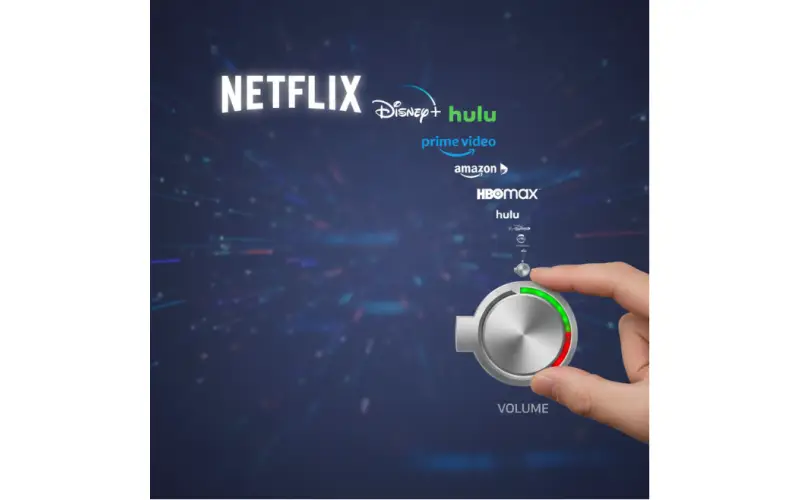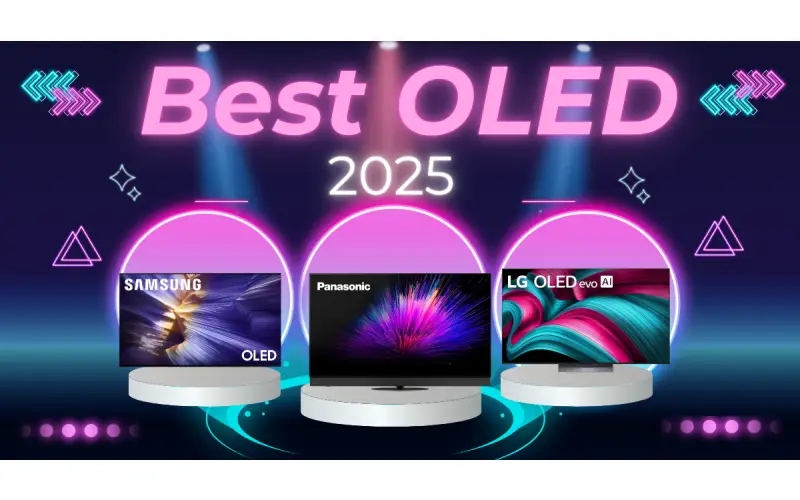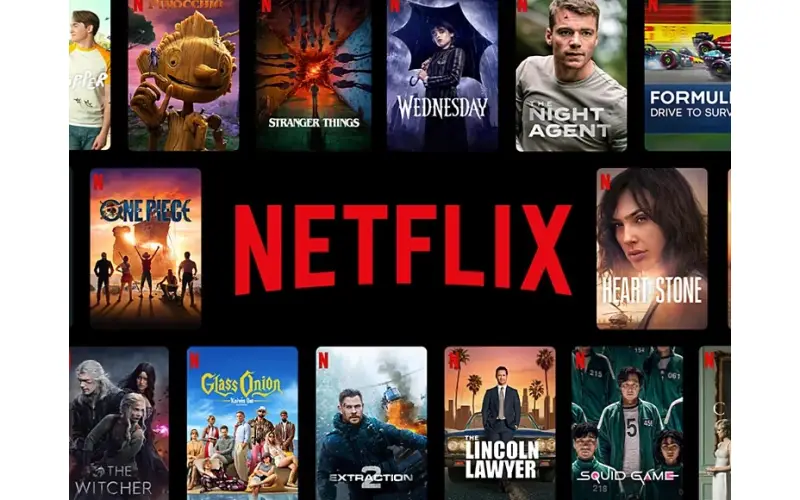By: Dipin Sehdev
Google's TV OS ambitions in the living room have always been a focal point. However, recent reports from The Information suggest a significant shake-up within the Google TV division, indicating a strategic recalibration that could have profound implications for the platform's future. With a reported 10% budget cut and a quarter of its 300-strong workforce laid off, the message from Alphabet is clear: efficiency and a renewed focus on core revenue streams are paramount.
This move comes amidst a perceived lag in feature development for Google TV when compared to competitors like Apple's tvOS. While Google touts an impressive 270 million Android TV devices globally, the cuts signal a potential deceleration in the platform's evolution, particularly on the user-facing feature front. Instead, the spotlight appears to be shifting towards maximizing the immense potential of YouTube and a broader integration of Google's nascent AI capabilities, specifically Gemini.
The Numbers Game: Budget Cuts and Workforce Reduction
The reported 10% budget reduction, bringing the annual allocation to under $500 million, coupled with the layoff of approximately 75 employees, paints a stark picture. While Google maintains its commitment to the ecosystem, the immediate impact on development cycles and the pace of innovation is undeniable. It suggests a more top-heavy structure, with managerial roles likely retained while a significant portion of the lower-ranked, hands-on development force has been impacted. This leaner approach could mean a more conservative roadmap for Google TV, with fewer experimental features and a greater emphasis on tried-and-true monetization strategies.
The Advertising Imperative: More Ads, Fewer Features?
One of the more concerning trends highlighted in the reports is Google TV's increasing reliance on advertising, particularly in the US market. Users are reportedly experiencing full-screen ad formats that intrude upon the interface, along with a general uptick in ad frequency. This aggressive monetization strategy, while understandable from a business perspective, risks alienating users who seek a seamless and ad-light entertainment experience. The shift to a 2-year update cycle for Google TV, previously on an annual cadence, further reinforces the notion that user-centric feature development might take a backseat to revenue generation.
This pivot is intrinsically linked to Google's broader strategy for YouTube. The tech giant is reportedly eyeing a significant redesign for its video platform on TVs, aiming to transform it into a more premium streaming service akin to Netflix or Disney+. This initiative, which will likely emphasize paid content and subscriptions, suggests that Google sees YouTube, rather than the underlying Google TV OS, as the primary vehicle for driving engagement and revenue in the living room. The budget reallocation from Google TV to YouTube underscores this strategic shift.
Google TV's Current Landscape: Who's on Board?
Despite the internal restructuring, Google TV remains a significant player in the smart TV market. It powers a substantial number of devices from various manufacturers, offering a familiar Android-based experience to millions of users.
Current TVs utilizing Google TV OS include, but are not limited to, models from the following manufacturers:
-
Sony: A consistent adopter of Google TV (and previously Android TV), Sony offers a wide range of Bravia TVs with the OS, including their high-end OLED and Mini-LED models. Examples include the Sony Bravia XR A95L OLED, Sony Bravia 9, and Sony Bravia 8 OLED.
-
TCL: A major proponent of Google TV, TCL integrates the OS across a broad spectrum of its smart TV lineup, from budget-friendly options to more premium QLED and Mini-LED models. Notable examples include the TCL Q-Series (Q6, Q7, QM7, QM8) and S-Series (S5) lines.
-
Hisense: Another key partner for Google TV, Hisense features the OS in many of its ULED and Mini-LED TVs, often offering compelling features at competitive price points. Examples include the Hisense U8N, U7N, and QD7 Series.
-
Philips: Philips also utilizes Google TV for its smart television offerings, particularly in the European market.
-
Other Media Players and Set-Top Boxes: Beyond integrated smart TVs, Google TV is also found in Google's own Chromecast with Google TV streaming devices, as well as various third-party media players and set-top boxes.
This widespread adoption gives Google TV a considerable installed base, accounting for over 24% of global smart TV shipments as of Q4 2024, making it the leading smart TV OS ahead of competitors like Tizen (Samsung), WebOS (LG), and Roku.
The AI Imperative: Gemini's Role in the Future
Despite the budget cuts, Google is pushing forward with the integration of its advanced AI model, Gemini, into Google TV. This move is touted as a way to "modernize TV interaction" and make the living room a "centerpiece for most homes." Gemini's natural language capabilities are expected to enhance search functionality, allow for more intuitive voice commands, and provide highly personalized content recommendations.
Early implementations of Gemini on Google TV are expected to roll out later this year, initially on select devices, with TCL TVs being among the first. This suggests a strategic partnership with key hardware manufacturers to bring this next-generation AI experience to market. The promise is a more conversational and proactive TV experience, where users can ask complex questions about content, explore educational topics, and even control smart home devices directly through their television.
However, the question remains: how will these ambitious AI features be developed and sustained with a reduced team and budget? While AI might be a significant differentiator, its implementation will require substantial resources, and the current restructuring raises concerns about the pace and breadth of its rollout.
The Google Graveyard: Speculating on the Future with a Look Back at Stadia
Google has a well-documented history of launching innovative products and services only to discontinue them a few years later. This "Google Graveyard" phenomenon casts a long shadow over any new initiative, and the recent cuts to Google TV immediately raise questions about its long-term viability as a standalone product.
A prime example of a Google service that met an early demise is Google Stadia. Launched with much fanfare in 2019, Stadia aimed to revolutionize gaming by offering a cloud-streaming platform that eliminated the need for expensive hardware. Users could stream high-fidelity games directly to their TVs, phones, or computers with minimal latency.
However, despite its technological prowess, Stadia ultimately failed to gain significant traction and was shut down in January 2023. The reasons for its failure are multifaceted, but key factors included:
-
Lack of a Compelling Game Library: While Google invested in some exclusive titles and third-party partnerships, Stadia struggled to attract a consistent stream of AAA games that would entice a broad audience.
-
Pricing Model Confusion: The mix of free tiers, subscription models, and individual game purchases created a complex value proposition for consumers.
-
Perceived Input Lag: While technically impressive, some users experienced noticeable input lag, which is a critical factor in competitive gaming.
-
Google's Reputation for Sunsetting Services: The "Google Graveyard" undoubtedly played a psychological role. Potential users and developers were wary of investing time and money into a platform that might be abandoned.
-
Intense Competition: The cloud gaming market became increasingly crowded with established players like Xbox Cloud Gaming (Game Pass) and NVIDIA GeForce NOW.
The parallels between Stadia's trajectory and the current situation with Google TV are concerning. While Google TV has a strong existing user base, the emphasis on advertising and the reduced investment in core platform development could lead to stagnation. If the promised Gemini AI integration doesn't deliver a truly transformative experience, and if the user interface becomes overly cluttered with ads, consumer satisfaction could wane.
What does this mean for Google TV going forward?
The budget cuts and layoffs signal a pragmatic, profit-driven approach from Google. It's less about building a best-in-class TV operating system for its own sake, and more about leveraging the TV as a massive screen for delivering Google's broader ecosystem, particularly YouTube and AI-powered services.
Here are some speculations:
-
Prioritization of YouTube: Expect YouTube to become even more deeply integrated into the Google TV experience, potentially serving as the primary content hub and interface for many users. The goal is likely to drive more YouTube Premium subscriptions and ad revenue.
-
AI as a Differentiator, Not a Core OS Overhaul: While Gemini will bring advanced capabilities, it's unlikely to fundamentally change the underlying structure or feature set of Google TV. Instead, it will likely be an intelligent layer on top, enhancing search, recommendations, and smart home control.
-
Slower Pace of Innovation: The extended update cycle (from 1-year to 2-year) and reduced team size will inevitably lead to fewer new features and a slower response to competitor advancements.
-
Increased Focus on Monetization: The trend towards more pervasive advertising is likely to continue, and Google may explore other monetization strategies within the Google TV ecosystem.
-
Potential for a "White Label" OS: In a worst-case scenario, Google TV could eventually transition to a more "white label" operating system, where the core functionality is maintained, but major feature development and marketing efforts are de-emphasized. This would allow hardware partners to continue using it while Google focuses on other, more lucrative ventures.
-
Risk of User Attrition: If Google TV fails to evolve at a satisfactory pace and becomes too ad-heavy, users might eventually gravitate towards alternative smart TV platforms or external streaming devices.
The recent restructuring of Google's TV division is a clear indication of a shift in priorities. While Google TV boasts a strong presence in the market, the focus is now squarely on optimizing revenue streams through YouTube and integrating cutting-edge AI. The "Google Graveyard" serves as a cautionary tale, reminding us that even widely adopted Google products are not immune to the axe if they don't align with the company's evolving strategic vision. The coming years will reveal whether Google TV can navigate this new landscape and continue to be a compelling offering in the competitive smart TV arena, or if it will gradually fade into the annals of Google's discontinued projects.





